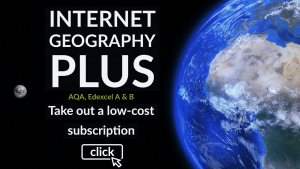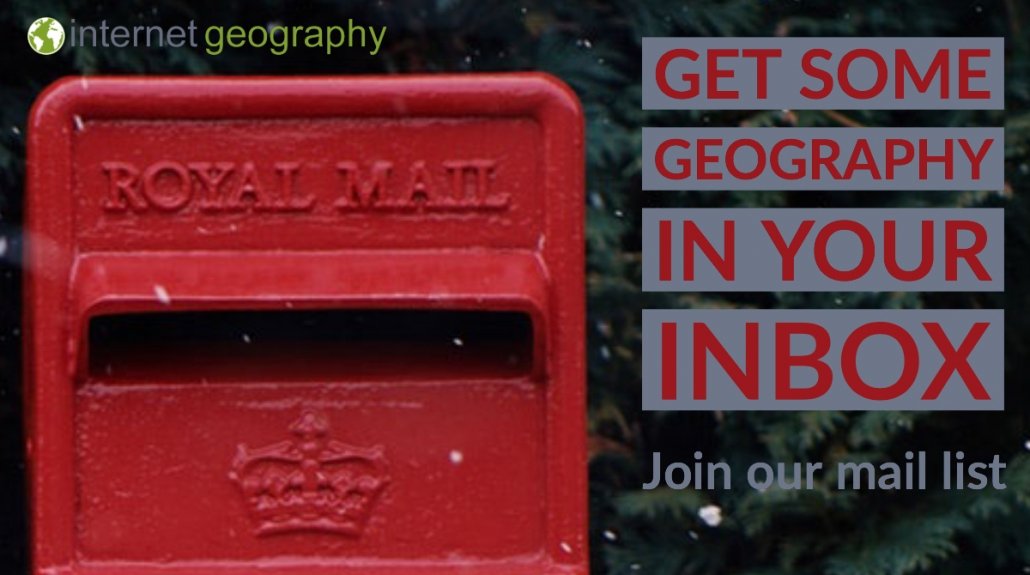How is urban planning improving the quality of life for the urban poor in Mumbai?
Mumbai, one of the world’s fastest-growing megacities, faces significant challenges due to rapid urbanisation. Approximately 40% of its population resides in informal settlements, commonly referred to as slums, where access to clean water, electricity, sanitation, and secure housing is severely limited. Dharavi, in particular, stands out as one of the most densely populated and economically active slum areas in the city.
In 2004, the Government of Maharashtra approved the Dharavi Redevelopment Project (DRP), aiming to transform Dharavi into a modern urban area with improved housing, infrastructure, and living standards for its residents.
Why Focus on Dharavi?
Dharavi spans approximately 2.39 square kilometres and houses an estimated 700,000 to 1 million people, making it one of the most densely populated areas globally. Despite its challenges, Dharavi hosts a vibrant informal economy, with thousands of small-scale industries, including leather, textiles, pottery, and recycling, contributing to an estimated annual turnover of $650 million to $1 billion.
Key Features of the Dharavi Redevelopment Project
Housing: Construction of new residential units, each measuring approximately 300 square feet, to replace existing informal housing.
Infrastructure Upgrades: Development of a comprehensive street grid with roads spaced every 125 meters and widths between 9-12 meters, enhancing mobility and connectivity.
Basic Services: Improvement of access to clean water, sanitation, and electricity for residents.
Community Facilities: Establishment of educational institutions, healthcare centres, and recreational spaces to serve the community’s needs.
Economic Integration: Incorporation of commercial zones to support existing small businesses and attract new investments, ensuring economic sustainability.
Recent Developments
In 2022, the Adani Group secured the bid for the Dharavi Redevelopment Project, proposing an investment of approximately $619 million. The project aims to rehouse eligible residents and revamp the area into a modern urban hub. However, challenges such as land acquisition and ensuring the rights of current residents have posed delays.
Related Topics
Use the images below to explore related GeoTopics.



